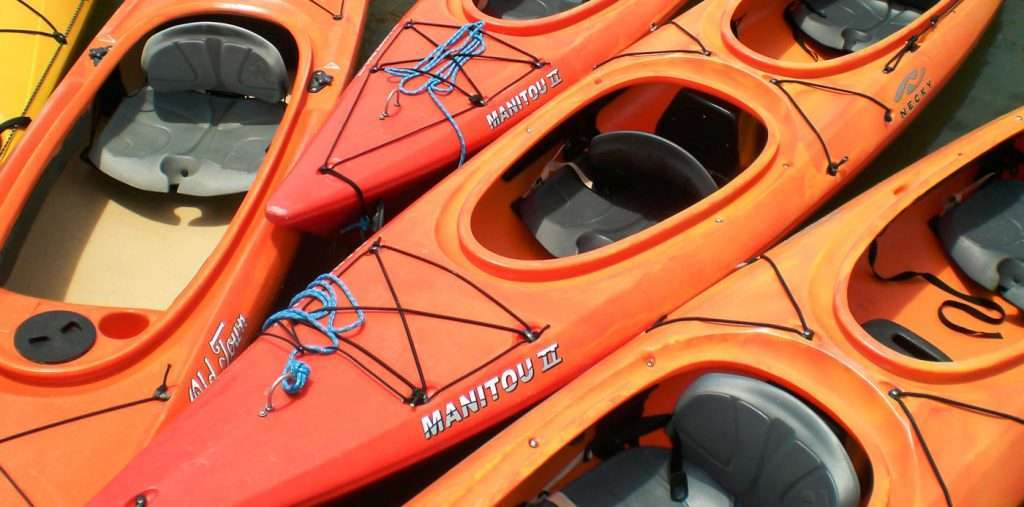Running waterfalls is kayaking for adrenaline junkies. It is an unforgettable and quite addictive experience, especially if extreme sports run in your blood. To be sure, running a waterfall is a dangerous undertaking; it requires preparation, a thorough understanding of the terrain and a dedication to personal safety precautions. Read on and find some must-know tips for running waterfalls that are sure to help you enjoy some amazing drops while at the same time staying safe in the process. Learn about preparation, research and execution, even in adverse conditions.
Prepare your Body by Stretching
Begin with a number of stretching and warm up exercises. Running waterfalls takes a toll on the body; your arms, back and neck muscles in particular must be limber and warmed up for the exercise they are about to undertake. Do not skip this step, or you may find yourself in a world of hurt later on.
Research your Landing Area
Avoid running waterfalls with the information you may have received from others. Conditions in the area may have changed, or the recollection of the other waterfall runner may be flawed. Look for heavily aerated water and steer clear of running waterfalls that have little aeration in the pool. The more aeration you see, the more cushioning you experience when landing.
Plan your Landing Ahead of Time
Opt for boofing your kayak. Landing flat—as opposed to taking a vertical drop—is the safest way of landing. It is a must if you are running waterfalls that feature a shallow pool on the bottom, and it is highly recommended when you are not certain about the depth of the water, when the waterfall is a bit taller than what you are used to or when there is the possibility of rocks below the water’s surface.
Do not consider boofing if you have a back condition. This is a dangerous landing that may jar your spine considerably, especially if the water is shallower and less aerated than anticipated.
Running very tall waterfalls calls for the vertical drop, which is sometimes referred to as pencil running. This is the most dangerous landing possible, and requires meticulous research and a thorough knowledge of your equipment as well as expertise in handling it. The receiving pool must be sufficiently deep and free of obstructions to receive you tip first.
Protect your Face from Water, Rocks and Paddle
Turn your face sideways and keep your paddle close to your body to protect your head from the potential impact. A great way to learn how to do this is to watch experts. The NRS Burning Time II DVD features some experts at running waterfalls, and observing their body positions may help you learn how to stay safe yourself.
Assume the Crash Position
Curl your body into the crash position if you realize that your attempt at running a particular waterfall is going wrong. There are only minute adjustments you can make while on the run, and if they fail to salvage the run, shift to bodily preservation and protection. Your head, neck and spine are the most vulnerable spots on the body, and curling yourself into a position that lessens the impact may save your life and health.

